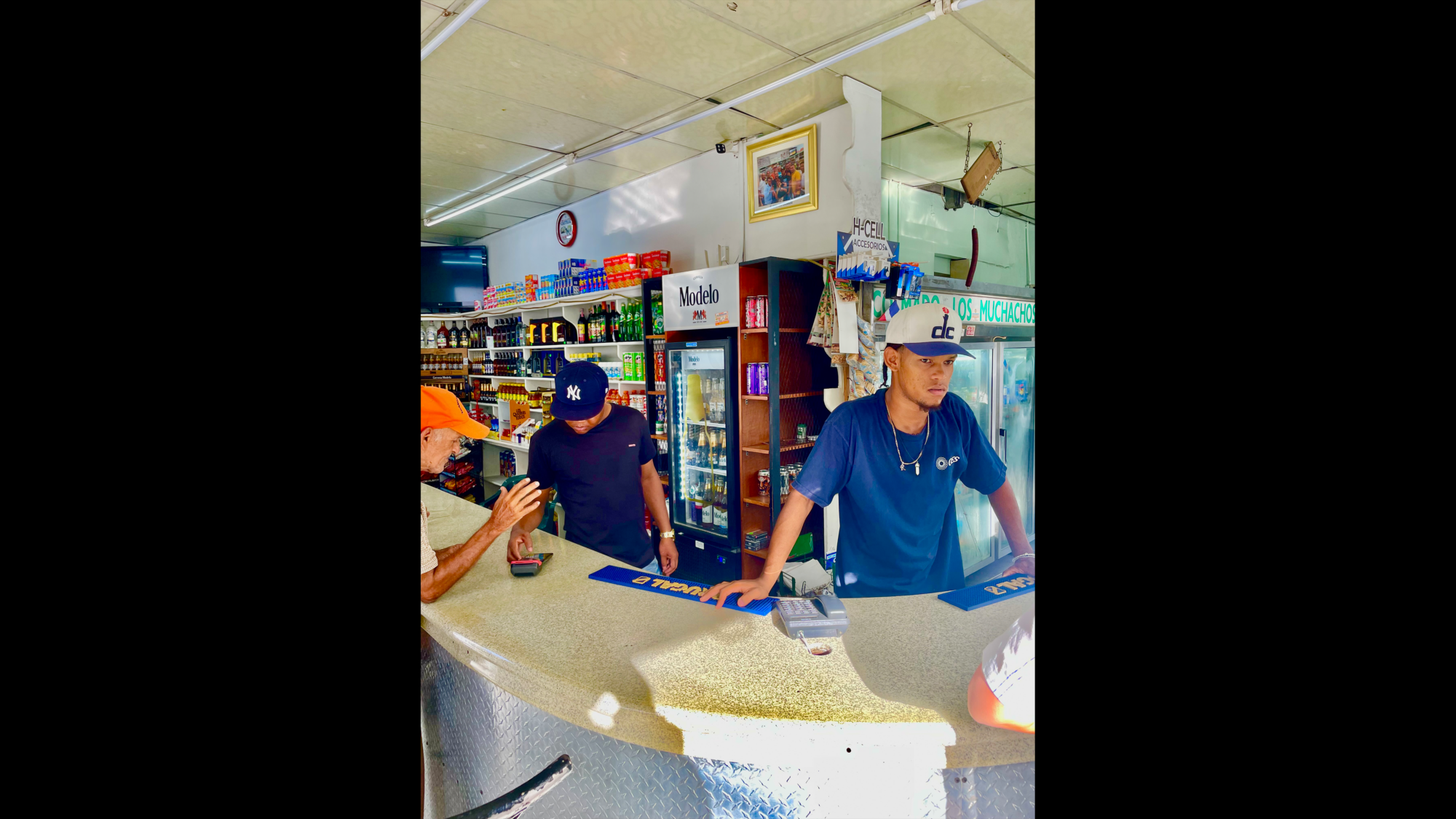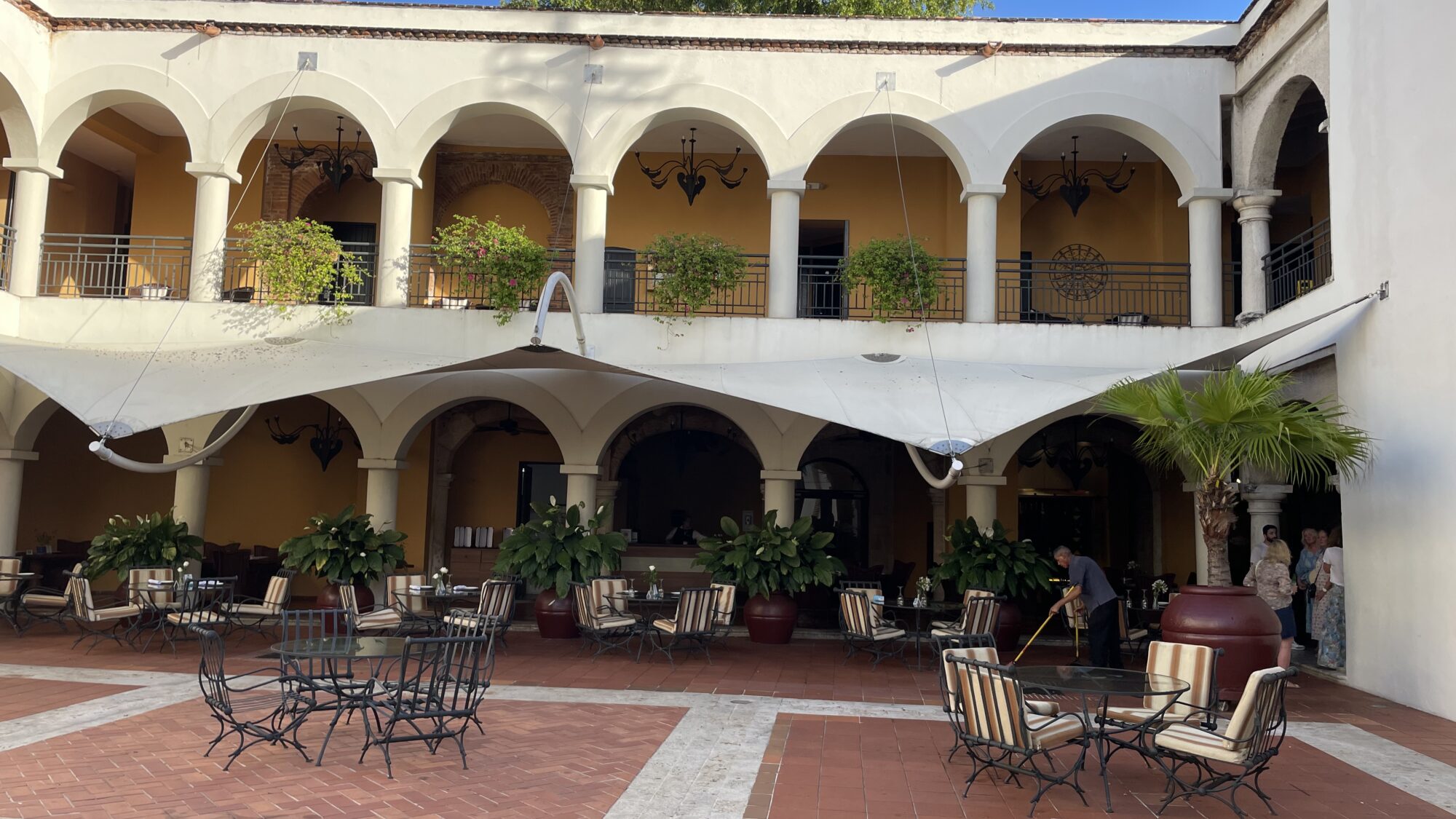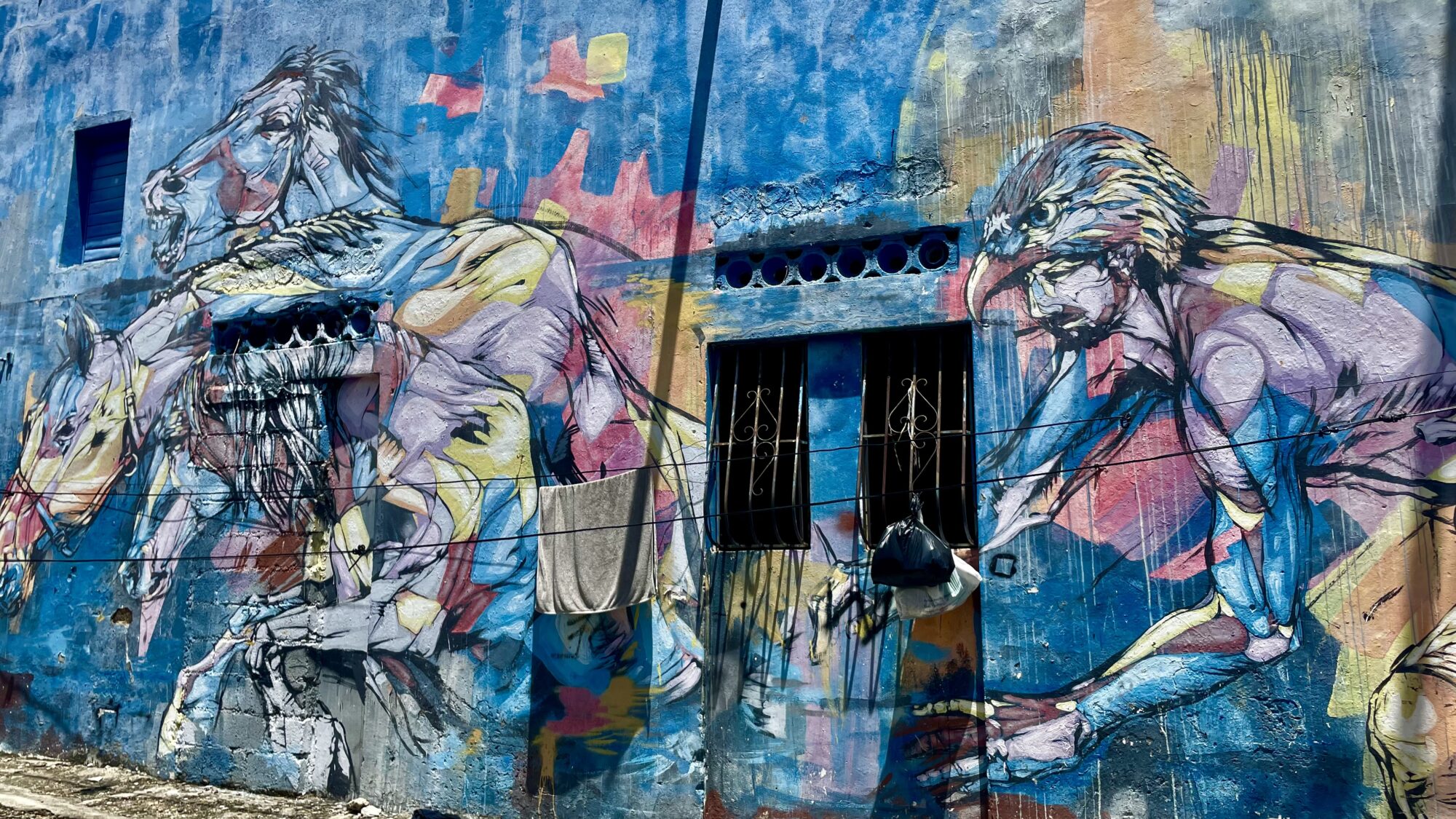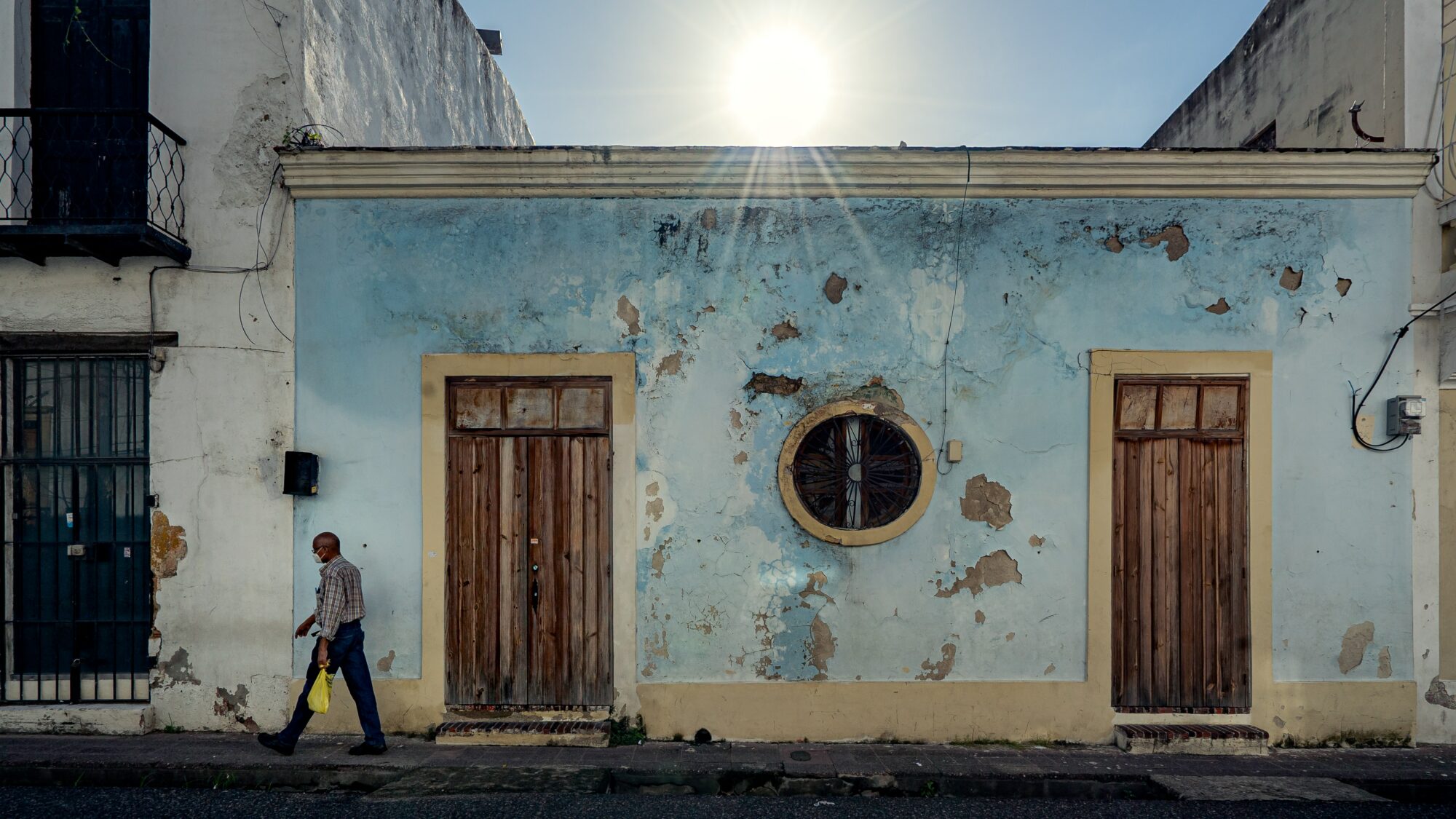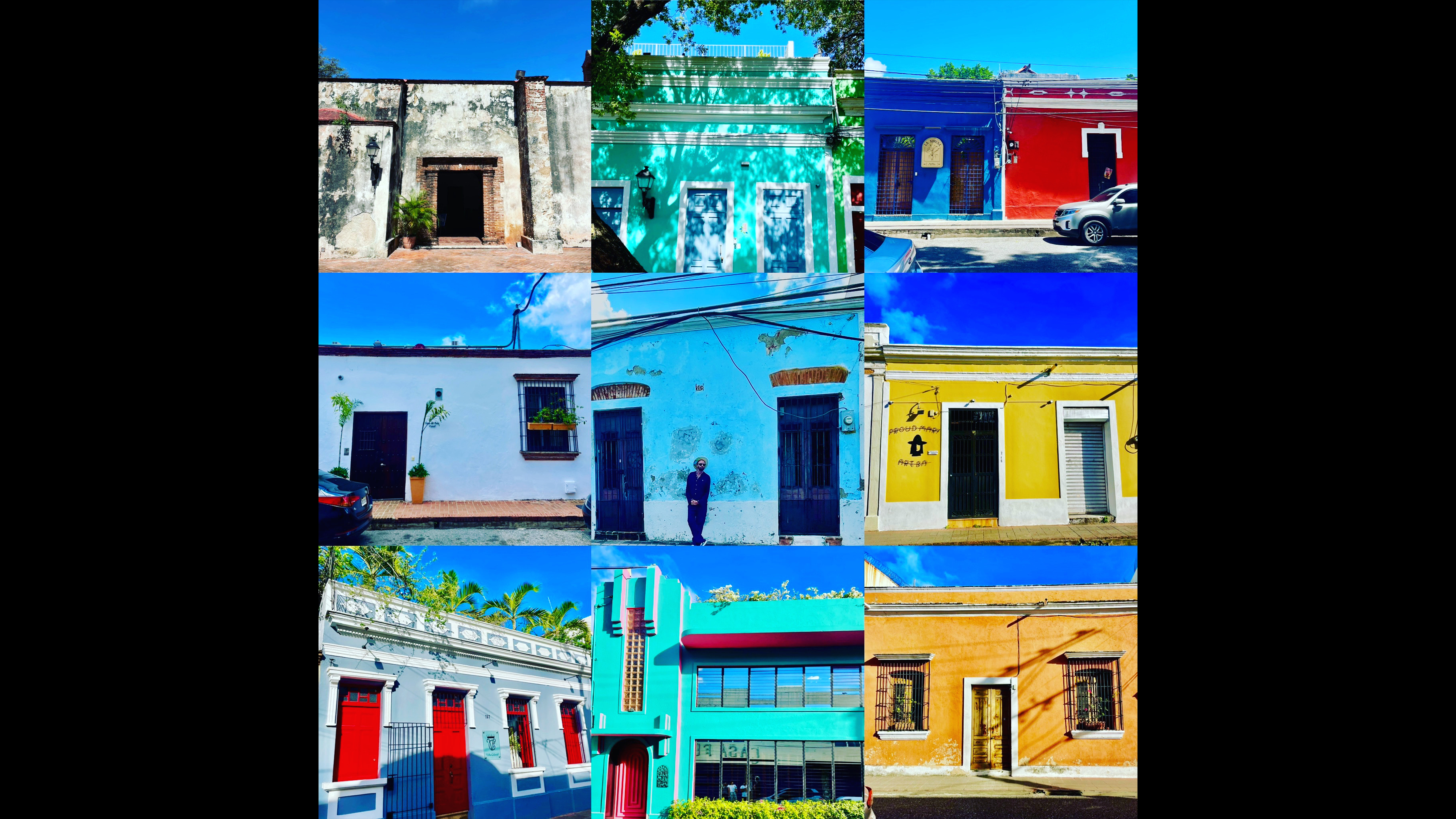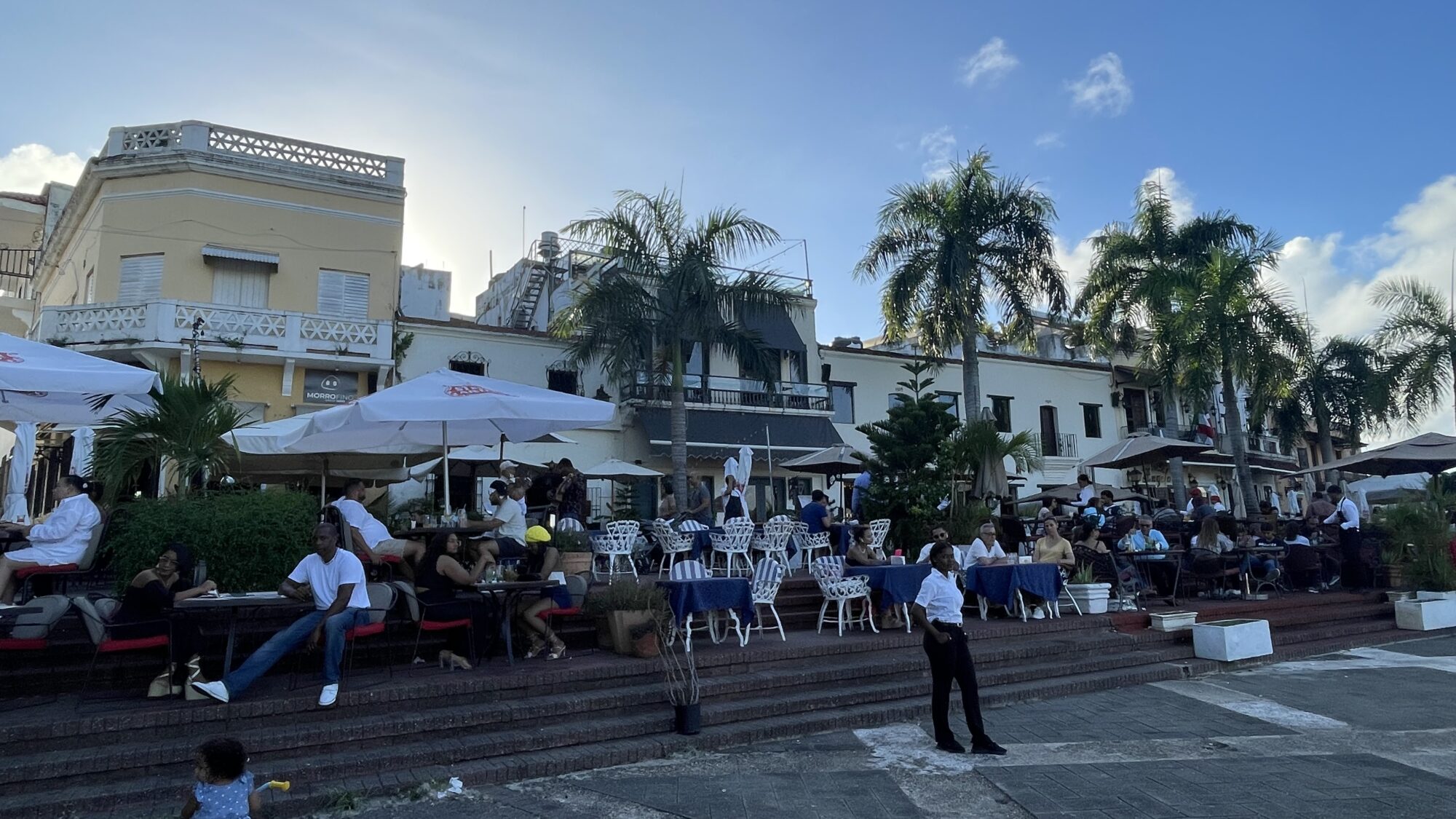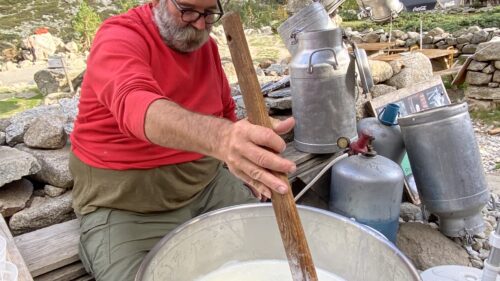Santo Domingo Surprise
I had my preconceived expectations about the Dominican Republic before setting off. I’d heard it was a place where privileged American college kids go to party at all-inclusive resorts and that there were huge hotel complexes where folk never left the grounds. So I was somewhat trepidatious about what was in store. Conversely: I had heard whispers of another side to the destination, that there was a cultural side, cigars that rivalled Cuba’s! A capital with a charming colonial quarter… this was somewhat alluring…
…and so it was with Santo Domingo — and what a find! It was like Cartagena meets Salvador-de-Bahia. A heady mix indeed, a coastal town of colour and culture, bursting with art and museums and feisty, boisterous endearing locals. It was love at first sight. It felt more like it belonged in South America than it did to The Caribbean; and their comparisons with Cuba had merit, but it was much less of the faded glory vibe that Havana does so winningly.
Santo Domingo was the first European settlement in the Americas and thus is packed with 16th century Spanish architecture. Mix in with that the usual vibrant colours that the Caribbean is known for (with a smattering of truly impressive street art), and some really rather pleasing boutique boltholes, and you have your next cultural destination before heading to one of the splendid beach resorts.
One of my favourite elements of the neighbourhoods in Santo Domingo was the corner stores, which are called Colmados. These are like convenience stores crossed with local cafés/pubs, where Dominoes are played, where you can find the coldest beer, and sometimes the loudest music, and where you can order anything you want including just one cigarette, for when you just need that one nicotine hit. They are extremely friendly local places where you can hangout and talk to your therapist (the barman) while nursing your beer, or just pop in for that essential flour for your baking! Random and always welcome, they proliferate in the barrios and also serve to provide a sense of community.
Then there is the music, the Merengue and the Bachata that dominate the music on the island, and can be heard everywhere, certainly need a special mention.
The Merengue is considered part of the national identity of the Dominican community. It plays an active role in various aspects of people’s daily lives – from their education to social gatherings and celebrations, even political campaigning. In 2005, the traditional practice was recognised by presidential decree with November 26 declared National Merengue Day.
The music and dance of Dominican Bachata is a danceable musical expression, deriving from a fusion of rhythmic bolero with other Afro-Antillean genres such as Son, the Cha-cha-cha, Merengue, etc. The Dominican people consider the music and dance of Bachata as a vernacular cultural manifestation, omnipresent in community celebrations and social gatherings.
So there you have it, see you on the dancefloor…

